Uncategorized
-
 Humans
HumansMysterious Denisovans emerged from the shadows in 2019
Denisovan fossil and DNA finds this year highlighted the enigmatic hominid’s complexity and our own hybrid roots.
By Bruce Bower -
 Climate
ClimateRecord-breaking heat amplified waves of student climate protests in 2019
While the world experienced record-breaking heat, Greta Thunberg and other activists pushed decision makers to take climate change seriously.
-
 Health & Medicine
Health & MedicineMeasles got a foothold in the United States this year and almost didn’t let go
Areas of low vaccination are blamed for the United States' largest number of measles cases in more than 25 years.
-
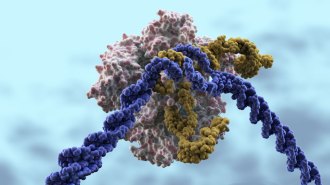 Genetics
GeneticsThe first U.S. trials in people put CRISPR to the test in 2019
Trials of the gene editor in people began in the United States this year, a first step toward fulfilling the technology’s medical promise.
-
 Quantum Physics
Quantum PhysicsGoogle claimed quantum supremacy in 2019 — and sparked controversy
Google’s quantum computer outperformed the most powerful supercomputer on a task, the company reported. But some scientists aren’t fully convinced.
-
 Space
SpaceChina stuck its moon landing this year. Others weren’t as lucky
Fifty years after Apollo 11 landed on the moon, Earth’s sidekick is getting renewed attention from space agencies around the world.
-

Our take on this year’s big science newsmakers
Editor in Chief Nancy Shute discusses the top science stories of the year.
By Nancy Shute -
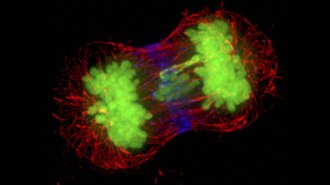 Health & Medicine
Health & MedicineSurplus chromosomes may fuel tumor growth in some cancers
Extra copies of some genes on excess chromosomes may keep cancer cells growing. Without those extras, cancer cells form fewer tumors in mice.
-
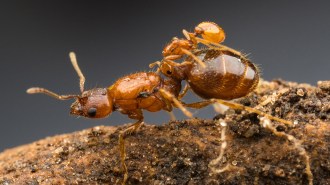 Animals
AnimalsTexas has its own rodeo ant queens
New species of rodeo ants, riding on the backs of bigger ants, turned up in Austin, Texas.
By Susan Milius -
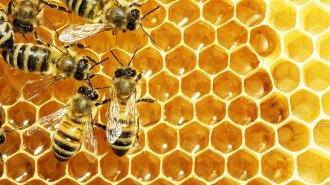 Animals
AnimalsA biochemist’s extraction of data from honey honors her beekeeper father
Tests of proteins in honey could one day be used to figure out what bees are pollinating and which pathogens they carry.
-
 Space
SpaceNASA’s OSIRIS-REx must avoid ‘Mount Doom’ to return a sample of the asteroid Bennu
The OSIRIS-REx spacecraft finally has a target spot for sample collection, called Nightingale, on the asteroid Bennu.
-
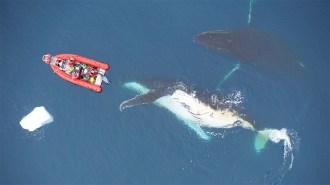 Animals
AnimalsWhy some whales are giants and others are just big
Being big helps whales access more food. But how big a whale can get is influenced by whether it hunts for individual prey or filter-feeds.